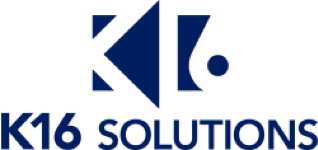Established in 1998 by third-generation French chefs Alain and Marie Lenotre, The Culinary Institute of Lenotre (CIL) is globally recognized for its expertise in French cuisine and pastry arts. Offering a comprehensive education, students delve into both classic and contemporary culinary methods, exploring a diverse range of dishes while gaining knowledge in nutrition, menu development, and wine fundamentals in associate degree programs. With flexible scheduling and financial aid options, the institute’s five-star programming, including specialty electives and seminars in advanced pastry skills, ensures a well-rounded culinary education tailored to individual needs.
In 2023, following a competitive RFP process, CIL decided to end its seven-year contract with Instructure for its Canvas platform. As the management team at CIL was considering other LMS options, they were blown away by the stellar customer service at Anthology as well as the new capabilities of their LMS, Blackboard® Learn. A switch to Learn became a no-brainer–the only thing standing in the institution’s way was the challenge of how to best migrate courses to a new platform.
The team would need to find a way to handle what could be a massive workload burden in the most efficient way in order to give faculty and staff the support they needed. There was no time to migrate by manually copying and pasting courses. That’s why the team at Anthology introduced CIL to K16 Solutions. With the help of K16’s automated migration solution, Scaffold Migration, CIL was able to seamlessly transition all courses to Learn while sticking to their tight timeline.

